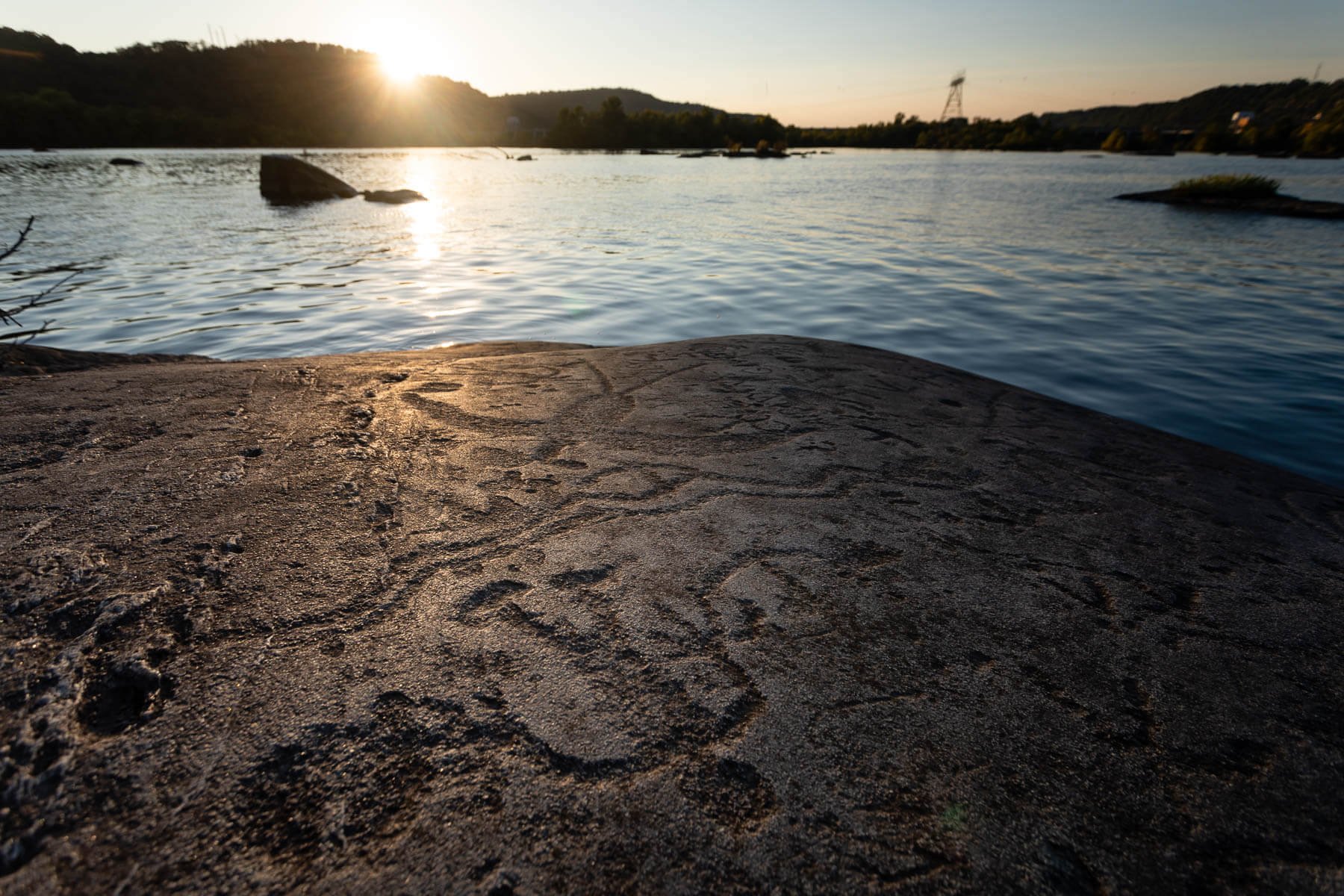Our Origins on the Susquehanna River
Our people originated among the Iroquoian peoples in what is now upstate New York, though by the late 15th and early 16th centuries, our ancestors migrated downriver to scattered villages along the North Branch of the Susquehanna, encompassing present-day Bradford County, Pennsylvania, and Tioga County, New York. As descendants of Northern Iroquoian lineages, our people developed unique cultural and linguistic distinctions by the year 1500, though to this day our cultural, linguistic, and kinship ties to the Haudenosaunee are many.
Around the latter half of the 16th century, the Susquehannock ancestors initiated a southward migration towards the Chesapeake Bay. Our oral history tells us that this is due to living conditions being poor, likely prompted by the Little Ice Age which shortened the growing season. During this migration along the river, our ancestors assimilated the Shenks Ferry people in the lower Susquehanna River valley, beginning a very long tradition among our people of merging with other tribes and forming inter-tribal communities. The earliest known site of Susquehannock origin in this area was a palisaded village in what is now Lancaster County, Pennsylvania, known as the Schultz Site. Archaeological findings from 1931 uncovered at least 26 longhouses within the Schultz Site, which was abandoned around 1600, reflecting our practice of moving to new areas on the river when the environment became hostile or depleted in one particular location.
Evidence of Susquehannock presence also extends to the upper Potomac River valley in the present-day states of Maryland and West Virginia. Numerous smaller Susquehannock sites, dating roughly from 1590 to 1610, have been discovered throughout the whole region. These historical sites underscore the rich and enduring legacy of the Susquehannock people within and beyond Maryland and Pennsylvania, and support the oral history of our society as a semi-nomadic, often fluid organization of tributary villages rather than a singular stationary nation, which would have been more familiar to colonial leadership.
To this day, our relationship to the Susquehanna river is strong, as is our tendency to travel along it.
“The Susquehanna River had all the resources our people needed. This river, the nature, it just resonates with my soul. It resonates with who I am and who I’ve always been”

